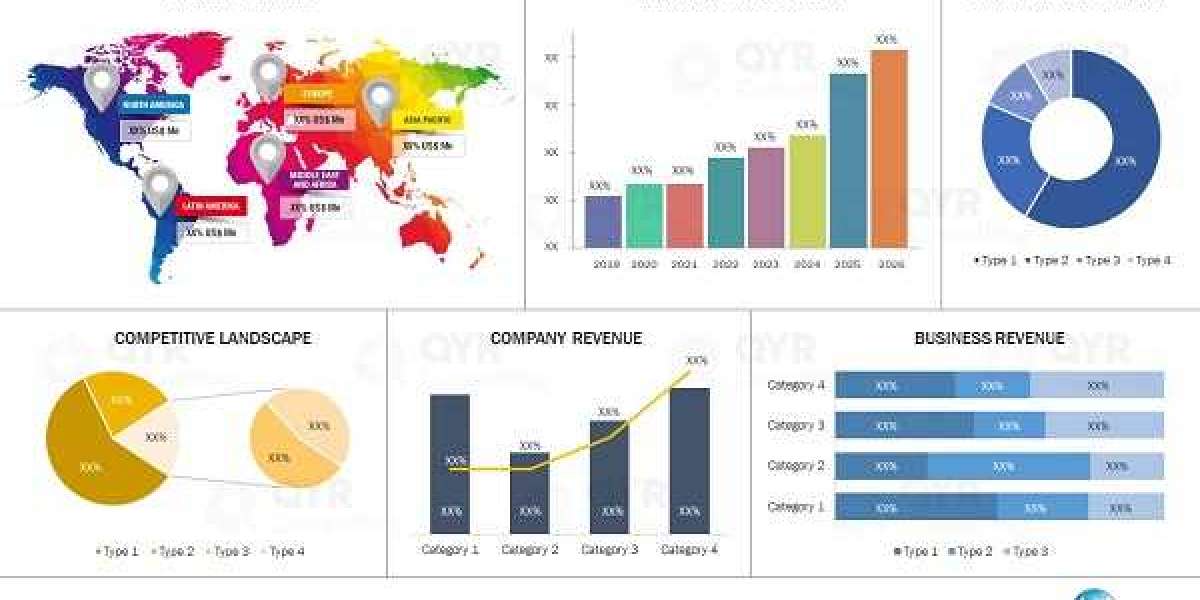Blockchain technology, once synonymous with cryptocurrencies like Bitcoin, has evolved far beyond its original application. Today, it stands at the forefront of digital transformation across multiple sectors, heralding a new era of innovation and trust. From revolutionizing supply chains to reshaping the dynamics of financial transactions, blockchain's decentralized, transparent, and immutable nature offers unparalleled potential. This article explores how blockchain is impacting key industries, including telecommunications, agriculture, insurance, logistics, retail, e-commerce, and education.
Blockchain in Telecommunication:
The telecommunication sector, known for its complexity and vast infrastructure, is rapidly embracing blockchain to enhance operations and security. Blockchain in telecommunication offers solutions to major challenges such as fraud detection, identity management, and roaming transparency.
Blockchain in the telecom streamlines inter-carrier settlements by automating processes through smart contracts. This reduces disputes and operational costs while improving efficiency. Fraud management, one of the industry's persistent issues, sees a transformative solution in blockchain, as it allows real-time tracking of transactions and authentication of users.
Additionally, blockchain for telecom can facilitate secure mobile number portability and enable decentralized 5G infrastructure deployment. As telecom providers handle vast amounts of sensitive user data, blockchain ensures robust data privacy and security.
Blockchain in Agriculture:
Agriculture, one of the oldest industries, is undergoing a technological revolution with the integration of blockchain. Blockchain in agriculture enhances supply chain transparency, food safety, and fair trade practices.
By using blockchain, stakeholders can trace the journey of food from farm to table, ensuring authenticity and freshness. This is particularly vital in blockchain farming, where data on soil quality, crop health, and pesticide usage can be recorded on an immutable ledger, improving accountability and decision-making.
Blockchain agriculture supports farmers by providing access to transparent markets and ensuring timely payments through smart contracts. It also fosters trust among consumers who demand sustainable and ethically produced food.
Blockchain in Insurance:
The insurance industry, often riddled with bureaucracy and delayed claims processing, finds a powerful ally in blockchain. Blockchain for the insurance industry improves transparency, reduces fraud, and expedites claims.
With blockchain in insurance, smart contracts automate policy issuance and claims processing, eliminating the need for intermediaries. This leads to faster settlements and reduces administrative costs.
Furthermore, shared ledgers in blockchain help insurers and reinsurers to securely exchange data, enhancing collaboration and trust. Risk assessment becomes more accurate with real-time data collection, leading to better premium pricing.
Blockchain in Logistics:
Global logistics, involving complex networks and numerous stakeholders, greatly benefits from blockchain integration. Blockchain for logistics introduces end-to-end visibility, reduces fraud, and optimizes inventory management.
Every transaction or movement of goods is recorded in a decentralized ledger, creating a transparent and tamper-proof supply chain. This not only boosts efficiency but also minimizes losses due to theft or counterfeit products.
Blockchain enables better coordination between suppliers, manufacturers, and distributors. Smart contracts automate processes like shipment verification and payments, leading to faster delivery and reduced operational costs.
Blockchain in Retail:
The retail industry, driven by consumer trust and product authenticity, is increasingly turning to blockchain to enhance transparency and customer engagement. Blockchain in retail ensures the provenance of products, especially in high-value sectors like fashion and electronics.
In the blockchain fashion industry, every step of a product’s lifecycle—from raw material sourcing to manufacturing and sale—can be tracked on a blockchain. This helps verify the authenticity of luxury goods and promotes ethical sourcing.
Retailers also benefit from blockchain’s ability to streamline inventory management, reduce chargebacks, and prevent fraud. Consumers, in turn, gain confidence in the products they purchase, knowing their origins and supply chain history.
Blockchain in E-commerce:
The e-commerce landscape is undergoing a significant transformation with the adoption of blockchain technology. Smart contracts, cryptocurrency payments, and decentralized marketplaces are reshaping online shopping.
Blockchain provides secure and transparent transactions, protecting users from fraud and data breaches. It allows for faster cross-border payments and reduces reliance on traditional banking systems.
Decentralized platforms empower sellers and buyers by eliminating intermediaries, reducing fees, and fostering direct interactions. Loyalty programs can also be enhanced using blockchain, offering traceable and tradable digital tokens.
Blockchain in Education:
Education is another vital sector where blockchain is making impactful strides. From secure record-keeping to personalized learning, blockchain in Education is redefining how knowledge is shared and validated.
Blockchain in learning enables the creation of tamper-proof academic credentials, which can be easily verified by employers and institutions. This prevents diploma fraud and simplifies background checks.
Additionally, blockchain for education supports decentralized learning platforms where learners can access and share resources globally. Students can maintain lifelong, portable records of their achievements and skills.
Blockchain also allows educators to tokenize educational content, creating new revenue models and incentivizing quality content creation.
Conclusion:
A Trusted Future with Osiz Technologies:
The integration of blockchain across various industries is not merely a trend but a paradigm shift towards a more secure, transparent, and efficient world. From telecom to agriculture, insurance to education, the applications are vast and transformative.
Amid this blockchain revolution, Osiz Technologies stands out as a leading .blockchain development company With deep expertise in building customized blockchain solutions for diverse industries, Osiz empowers businesses to harness the full potential of this game-changing technology. Whether you are looking to innovate operations, build trust with customers, or create a decentralized platform, Osiz delivers scalable and future-proof blockchain solutions that drive success.
As the world moves towards decentralization, partnering with a pioneer like Osiz Technologies ensures that your business is not just keeping up, but leading the charge into the future.











